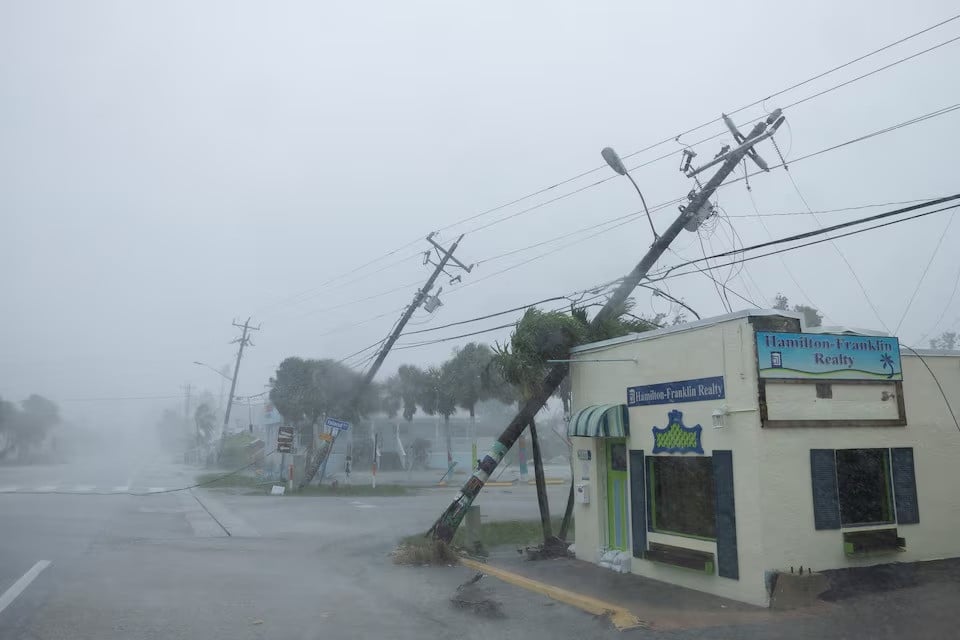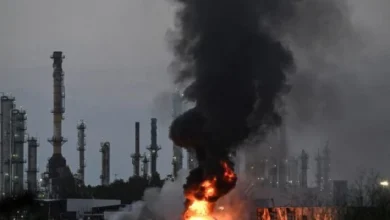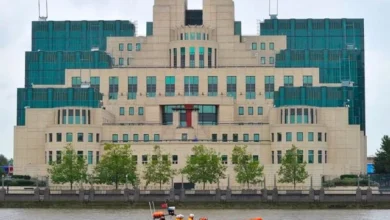Hurricane Milton made landfall on Florida’s west coast on Wednesday, bringing heavy rain, tornados, and posing a significant threat to the Tampa Bay area with a potentially life-threatening storm surge.
Florida, which had already experienced Hurricane Helene two weeks prior, ordered the evacuation of up to two million people, with millions more in the storm’s projected path.
As the hurricane approached, officials issued urgent warnings. President Joe Biden urged residents to follow local safety advice, emphasizing that compliance was a matter of life and death.
The National Hurricane Center highlighted that most fatalities occur due to falling trees or post-storm incidents, such as fires from using candles, carbon monoxide poisoning from generators, and accidents involving chainsaws.
Fueled by warm Gulf of Mexico waters, Hurricane Milton approached the Tampa Bay metropolitan area, home to over 3 million people, as a major storm.
By 8:30 p.m. EDT, it made landfall near Siesta Key, roughly 60 miles south of Tampa. Although it slightly weakened to a Category 3 hurricane, it remained dangerous with winds of 120 mph.
The storm was expected to bring a storm surge of 9 to 13 feet and heavy rain, with up to 18 inches possible in some areas. The National Weather Service confirmed at least 16 tornadoes in Florida on Wednesday, and more were expected.
Milton’s impact caused widespread closures, including the four bridges spanning Tampa Bay and many causeways linking Gulf barrier islands to the mainland.
Nearly a quarter of Florida’s gas stations reported fuel shortages. The storm’s effects were also felt inland, with Orlando residents, many of whom had previously stayed during hurricanes, taking extra precautions due to Milton’s rapid intensification.
Zoo animals in Tampa, including African elephants and pygmy hippos, were secured, while human evacuees crowded into shelters.
Major theme parks like Disney World and Universal Studios shut down, and hospitals, nursing homes, and assisted-living facilities were evacuated. Milton rapidly intensified from a Category 1 to a Category 5 storm in less than 24 hours, making it the third-fastest storm to do so in the Atlantic.
FEMA moved millions of liters of water, meals, and other supplies into the area to support post-storm recovery.
Trucks worked continuously to clear debris from Hurricane Helene to prevent them from becoming dangerous projectiles during Milton. FEMA Administrator Deanne Criswell stated that the agency was fully prepared for recovery efforts without compromising aid for Helene’s aftermath.







